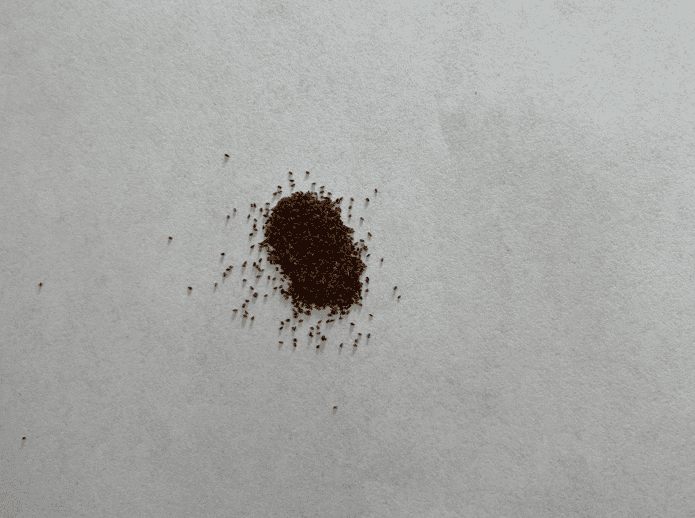Lobelia siphilitica
Great Blue Lobelia









General
A tall blue wildflower most commonly found in moist meadows, in swamps and ditches, and on stream banks. The showy flowers attract hummingbirds. The species name siphilitica supposedly refers to its past medicinal use treating syphilis. The plant is mildly toxic to mammals, and should not be ingested.
Plant Description
Sturdy, upright stems reaching up to several feet in height, adorned with lance-shaped leaves that alternate along the stem. From mid- to late summer, it produces dense spikes of tubular flowers in shades of vibrant blue, occasionally transitioning to lighter hues towards the tips. These striking blooms, which feature a prominent lower lip and attract pollinators like hummingbirds and bees, make great blue lobelia a standout in moist woodland settings and along water edges.
Height (ft)
1-5'
Soil moisture
Wet to Moist
Soil types
Loamy soils
Wetland indicator
FACW+
Shade tolerance
Intermediate, full sun to partial shade, prefers full shade
Bloom color
Blue/Purple
Bloom period
Summer
Drought tolerance
Low
Salinity tolerance
None
Range
It can be found from the eastern United States, spanning from Maine to Georgia, and westward across the Great Lakes region into parts of the Midwest.
Additional Information
According to the University of Iowa, Native Americans would use the roots and leaves of this plant to treat coughs, headaches, colds and syphilis. Extracts of this species is used in modern day medicine as a component in opioids and anti-depressant.
